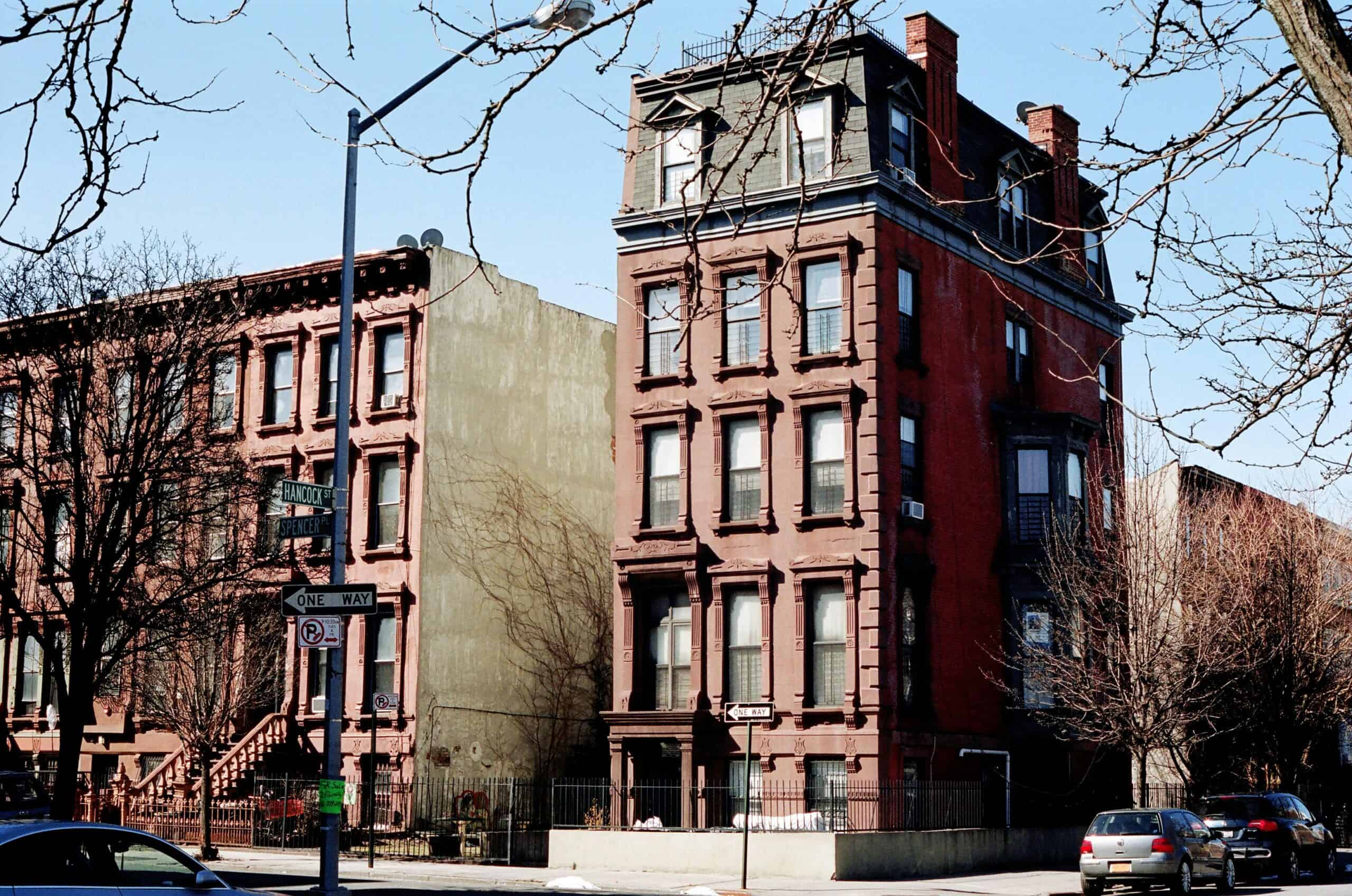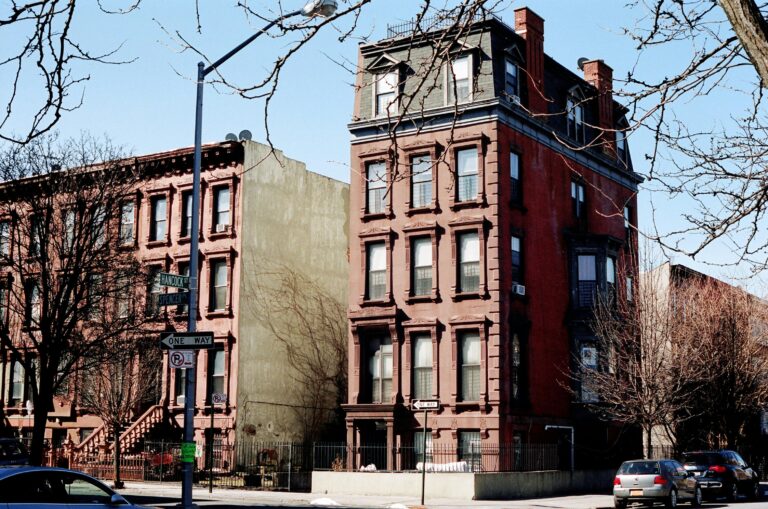Broadband affordability is the number one barrier to universal connectivity and has become a national priority. Despite ongoing efforts, the affordability gap—where households have access to the internet but can’t afford to connect—persists for 16.3 million American households. The Affordable Connectivity Program (ACP) was designed to bridge this gap and make internet access more affordable for qualifying households. However, with its end in May 2024, those who needed it most are again left struggling to maintain their service.
States Are Paving the Way
Since the end of ACP, states have created mechanisms to better serve their constituents by getting them connected to the opportunities that accompany high-speed home internet. EducationSuperHighway has long advocated that low-cost service is attainable. In early January 2025, Governor Hochul of NY announced that the first round of funding through the Affordable Housing Connectivity Program had been awarded to Flume Internet to expand its service footprint in New York. Flume Internets will cover over 14,000 households for as low as $10 per month, meeting the FCC definition of broadband at 100/20 Mbps.
Data shows that of ACP recipients, nearly 90% were able to pay at least $10 per month. This was an insightful data point because EducationSuperHighway had seen multiple examples of service providers meeting the $10/month price point in MDU settings. To this end, in November 2024, EducationSuperHighway and Compudopt jointly issued a Request for Information (RFI) to explore the feasibility of providing internet access to Affordable Multi-Dwelling Unit (MDU) building residents at an affordable $10 per household per month.
Compudopt seeks to establish a $1.5 million—$3 million annual Connectivity Fund, which will begin in the second half of 2025. This fund will subsidize high-speed internet for public and affordable housing residents for up to 24 months, taking a significant step towards bridging the digital divide in affordable housing communities.
Key Findings from the RFI
EducationSuperHighway and Compudopt issued an RFI and engaged with internet service providers (ISPs) to explore cost-effective solutions for affordable housing communities. The responses revealed promising opportunities to bridge the affordability gap and ensure sustainable, low-cost connectivity for residents.
- Strong Provider Interest: 10 providers submitted responses showcasing a range of innovative connectivity solutions.
- Affordable Pricing is Achievable: Half of the responding providers demonstrated their ability to meet the target price of $10 per unit per month, while the remaining responses fell within a competitive range of $11 to $20 per month.
- Diverse Technology Solutions: Providers proposed various solutions, including Managed WiFi, Fiber, Ethernet, Cable, Cellular, and Fixed Wireless, highlighting the flexibility and scalability of different technologies to meet the needs of affordable housing communities.
These findings confirm that affordable, high-quality internet service is within reach and that multiple solutions can be leveraged to support public and affordable housing residents.
Key Strategies for Affordable Connectivity
- The Power of Scale: Larger properties (75+ units) have a larger gross income and can spread shared costs across more units. This makes it easier to reach the $10/unit target.
- On-Site Support: Having building staff offer Level 1 IT support can reduce costs. Training staff to solve simple issues (e.g., power and password checks) reduces operational expenses on provider support.
- Leveraging Capital Expenditures: Pairing Wi-Fi projects with capital funding sources, such as the initiatives in California and Massachusetts, can fund upfront buildout costs for building owners who want to invest in their assets. These programs are an ideal match for connecting these communities.
States like California and Massachusetts have implemented funding programs, such as the California Advanced Services Fund – Public Housing Account (CASF) and the Massachusetts Retrofit Program, to help cover upfront infrastructure costs and support long-term connectivity solutions for affordable housing communities
Achieving Affordable Connectivity Is Within Reach
The findings from the RFI process, alongside recent developments such as New York’s Affordable Housing Connectivity Program, demonstrate that delivering internet access at $10 per unit per month is not just an ambitious goal—it is an attainable reality. While not all providers can meet this target, many have shown that low-cost service can become a standard offering with strategic collaboration and support. Identifying and engaging these providers is crucial in bridging the affordability gap and ensuring equitable internet access for all.
About Compudopt
Compudopt’s programs serve to eliminate limited access to computers, facilitate growth in technical and digital literacy skills, help provide no or low-cost high-speed internet options, and support the future of youth and their communities. Learn more at www.compudopt.org.




